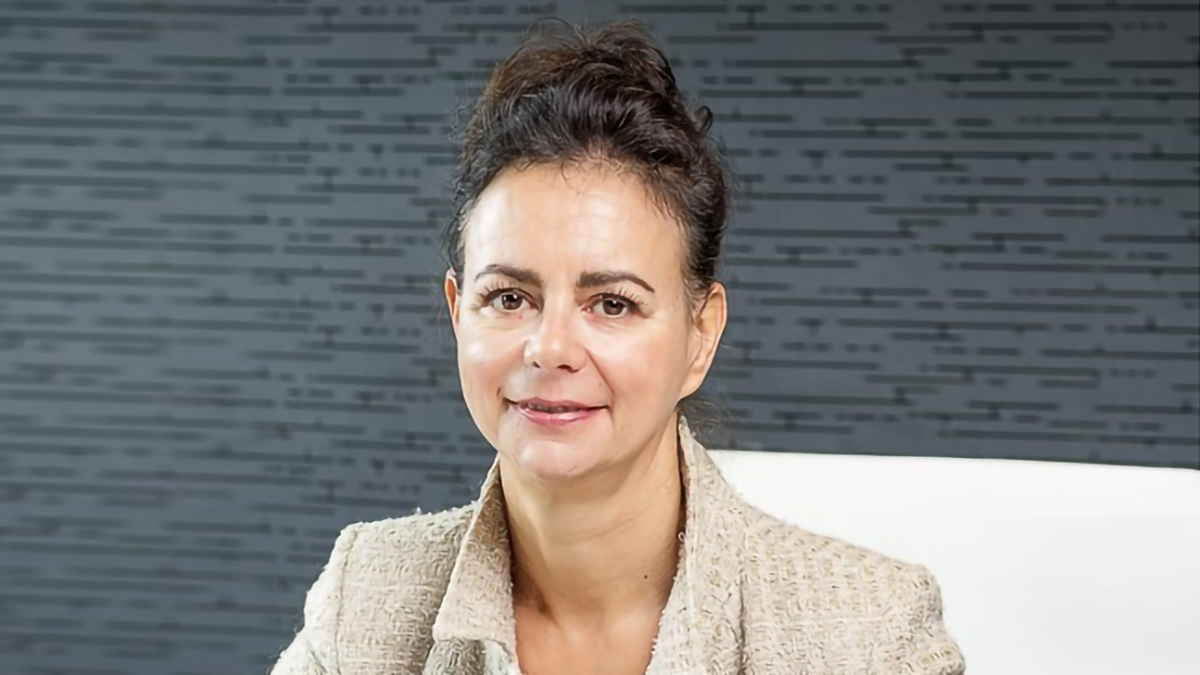Global Risk Modelling Alliance sets goal for COP28
The industry-backed technical assistance programme unveiled Pakistan as its first partner country at the UN’s climate talks last year
Insurance Development Forum-backed initiative to access climate risk management tools has six more developing countries in the pipeline
The Global Risk Modelling Alliance (GRMA) aims to present its work with three more developing countries at this year's COP28 as it strives to correct the global imbalance in accessing data and tools to manage climate risk.
The GRMA is one of three major programmes the Insurance Development Forum (IDF) announced at COP26 to connect the insurance sector’s world-leading risk assessment capability to the challenges of building resilience to climate change. Pakistan was announced as the GRMA’s first partner country at COP27.
The second commitment made by the IDF at COP26 was the establishment of the Global Resilience Index Initiative (GRII). These two commitments sit alongside the IDF’s support for Start Ready, a humanitarian financing facility.
Nick Moody, co-ordinator of the GRMA, has said there are another six partner countries on the horizon.
Speaking at a webinar held by the IDF on February 8 to discuss the progress the alliance has made since COP27, Moody said: “We’re now operational, with the team, the technology and the funding, and we’re really set to roll now.”
Moody, who is the chief executive of Cerulean Consulting Services, added: “If we were able to present by COP28 our work with three countries on public-private partnerships, with proof of the value in sharing the experience, the tools and the language of risk, then that would be very gratifying.”
The GRMA is a “public-good service” agreed between the IDF and the Vulnerable Twenty Group (V20) of finance ministers. It has initial funding, from the German government, of €21m ($22.45m). It was highlighted as a key resource for the G7’s Global Shield against Climate Risks initiative, launched at COP27, that aims to unlock quickly pre-arranged financial support for countries hit by climate disasters.
The GRMA programme has three components: open-source technology and standards, provided by industry and optimised for public-sector use cases; a public good fund to help countries fill model and data gaps (to be resourced by donors); and a technical assistance team of public and private sector practitioners to work with countries on applied projects (to be jointly resourced by donors and the insurance industry).
The work of the GRMA is “demand-driven”, Moody stressed.
“It has to be that the country wants to develop the capability and to allocate people to the task,” he said, adding there is “no shortage of talent” in developing countries. The shortage lies, rather, in their lack of access to the resources needed for “quality insight” into climate risk. Overcoming this requires a “leap frogging effort”, he said, which means private insurance companies sharing fintech, data standards and best practice methodologies with local and public organisations.
“It’s not just for data geeks and software developers. The importance of these things is the behaviours that they encourage,” Moody said. “That includes sharing between academia, the private sector and the public sector, especially if they agree on data formats, which means models and data can be shared right across them. That encourages transparency and reduces uncertainty to the point where rational decisions can be agreed.”
The enemy of understanding the benefits of investing in adaptation to climate change are the assumptions that exist about resilience, he said.
“Every time you multiply assumptions around the hazard, the exposure and the propensity to suffer damage, you create vaguer outcomes,” he said. “But science has been catching up with the insurers in understanding the benefits of investing in resilience and, slowly but surely, the models will get more granular.”
'Science has been catching up with the insurers in understanding the benefits of investing in resilience and, slowly but surely, the models will get more granular'
Nick Moody, Cerulean Consulting Services
Moody also described the GRII, which is a global public-private partnership to address the climate data emergency with consistent, accessible and reliable risk information for use by governments, the financial sector and wider communities.
At COP27, the GRII partners announced the launch of the GRII demonstrator, named the GRII Viewer. This provides the initial set of ‘people’ ‘planet’ and ‘prosperity’ indices to guide financial decisions to scale up adaptation. To be fully launched at COP28, which will convene on November 30 in the United Arab Emirates, the GRII will provide open reference data, metrics and projections of all countries worldwide. Its developers call it the “critical missing layer of the world’s information architecture”.
Moody described the GRII as a resource for public and private financial institutions to deduce their level of risk across multiple hazards at both the sovereign and provincial level. Crucially, he added, the GRII can be applied under different future climate warming pathways.
“It’s a first step to take in getting a relative ranking of your exposures in accessible financial terms by using the great methodologies that the insurance sector has developed and the best of the climate and geohazard models,” Moody said.
The global effort on addressing climate change has for decades focused on mitigation and measuring reductions in greenhouse gases, but this is “only half of the equation”, Moody said. “We all know bad stuff is going to happen anyway and so we also need to measure progress in adaptation and resilience with a standard metric.”




